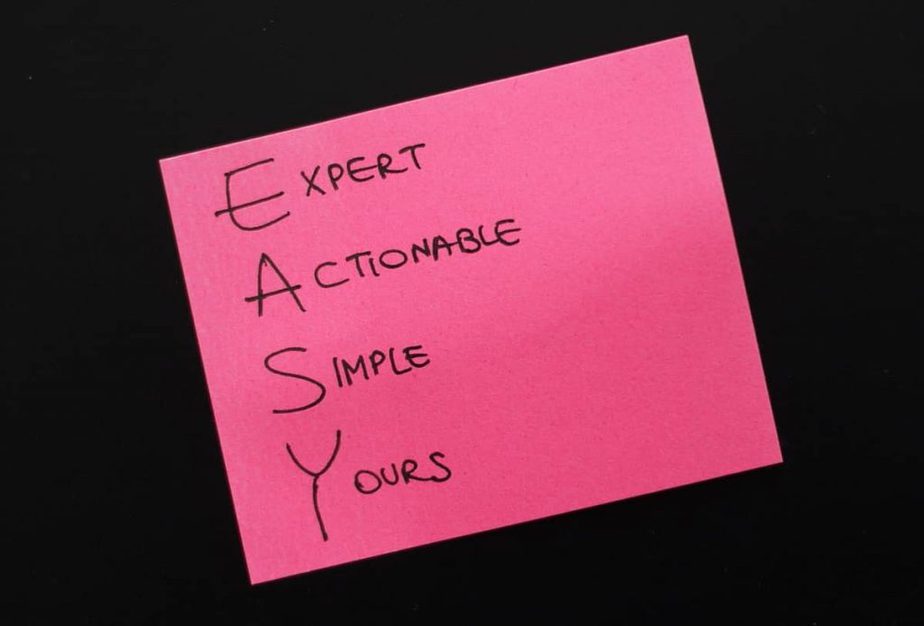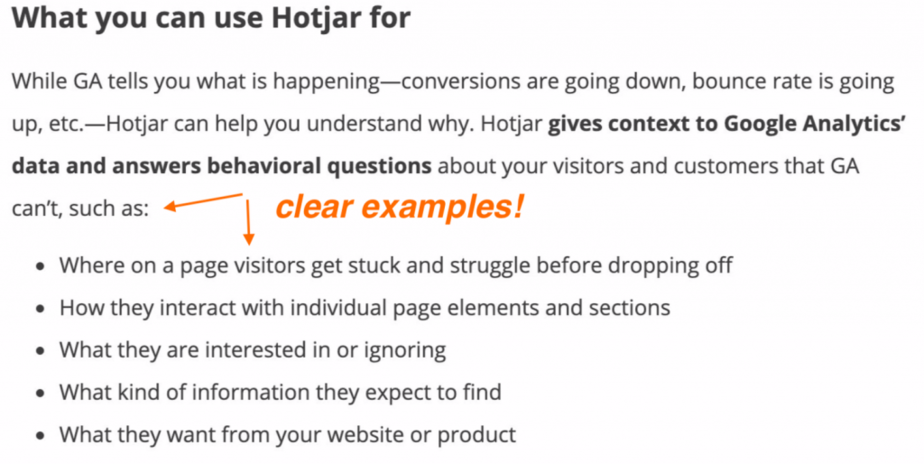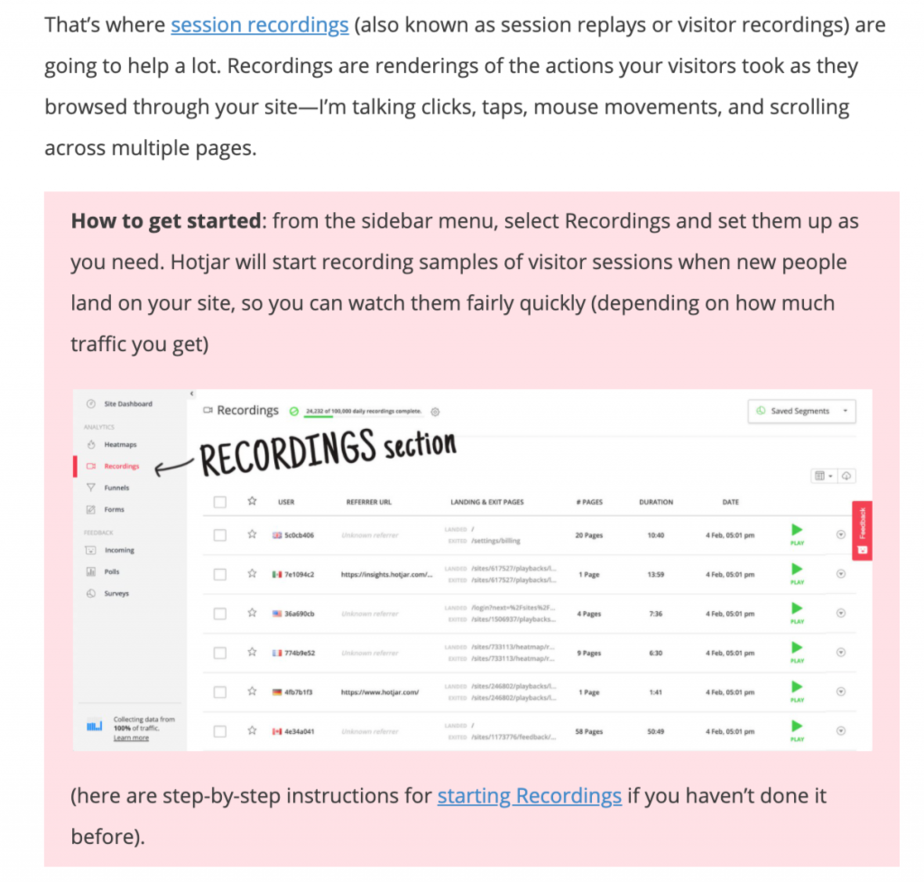
Welcome to contentfolks—a fortnightly newsletter with short lessons & ideas about content that makes a difference, sparks action, and truly serves its audience. Thank you for being here!
Hey there 👋
New year, same old challenge: how do we keep creating really good stuff that makes our audience go starry-eyed and empowers them to do something they couldn’t before?
One thing that helps me is having frameworks that help guide the content process. And that’s exactly what you’re about to get: something I built a while back—I call it ‘the EASY framework’—that you can re-use across your content projects if and when you need to 😉
But first: why use frameworks at all?
A framework is “a system of rules, ideas, or beliefs that is used to plan or decide something.” When applied to content, a framework is a kind of compass you can use to (re)orient your work and that of others. For example, you can use a framework to:
- Bring consistency to different pieces you create for the same company
- Align yourself and your team on your must-haves
- Edit or give feedback to other people’s work
- Hold yourself and others accountable to the same principles
To sum up: a framework saves you time, helps you clarify where you’re going, and keeps everybody on the same page. And with that, better content will follow.
💡 A practical example💡
The EASY framework was a method for making sure all creators at Hotjar (myself included) knew what to aim for in our content. The acronym is based on four basic instructions:

I’ll show you how it worked, with a caveat: this framework is great for product-led B2B content, but less effective in different industries and/or very top-of-funnel, inspirational pieces. As always: re-use away, but adapt to your needs first.
1. Expert
The principle: lean on your expertise and give your audience the specific information they need, so they don’t have to google anything or wonder “what does this actually mean?” Use your knowledge to anticipate any questions they might have and fill the gaps accordingly.
❌ An example of what NOT to do→ painting an incomplete picture that leaves your audience second-guessing, like in the paragraph below:

👍 An example of what to do instead (same paragraph, added details):

2. Actionable
The principle: you want the content to have a high level of utility so it can help the audience do something that’s important to them. Your goal is to avoid people having to google or asking themselves “okay, but how do I actually do this?”
👍 An example of what to do:
Add “how to get started” or equivalent boxes in the flow of your content, and use them to direct people to the specific actions they need to take. Pro tip → it’s not just about the written word: a strategically placed arrow on a screenshot can make all the difference in helping people understand when/where/how to take action.

3. Simple
Cut the jargon, the idioms, the unnecessary tangents. Get straight to the point. Communicate in a clear and easy-to-follow way. It boils down to this: respect your audience and their time—don’t make them work to understand you.
👍 An example of what to do: keep it tight! Don’t use ten words when two will do.

4. Yours
Use your unique voice and experience to establish a connection with the people you’re creating content for. Make each piece feel like it could only come from YOU, the writer (or the company you work for).
This is very much brand- and individual-dependent. So for example: if you stumble upon a piece where the author a) is obsessed with customer-centric content, b) uses sticky notes to make a point, and c) cheerfully inserts em dashes where any other punctuation would do—there’s a good chance it’s me.
So there you have it: my recipe for EASY content that is Expert, Actionable, Simple, and Yours. Obviously, there are many other frameworks out there, so here’s my final tip: google a few more, then smoosh the most relevant parts together and create a version that works for you this year 🔥
